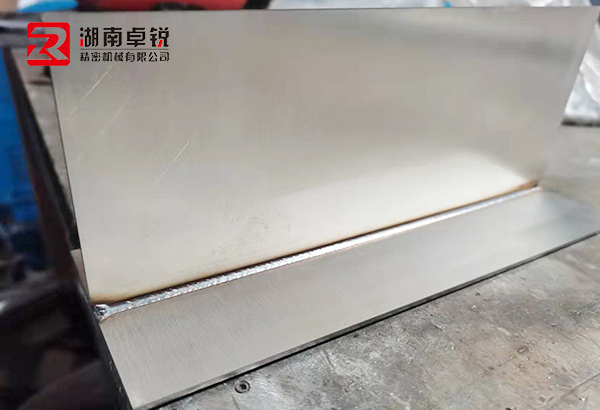The main difference between five axis machining and four axis machining lies in the degree of machining freedom and machining accuracy. Five axis machining has higher degrees of freedom and precision, and can be applied to more complex machining tasks. 1. Degree of freedom in machining: Five axis machining has higher degrees of freedom than four axis machining. In five axis machining, complex machining operations can be performed by rotating one or more axes to align the tool with any angle of the workpiece. In contrast, four axis machining has relatively lower degrees of freedom and can only change the angle of the tool by rotating one axis. Processing accuracy: Due to the higher degree of freedom in five axis machining, it can perform more complex machining operations on workpieces, so the accuracy of five axis machining is usually higher than that of four axis machining. In addition, there are some differences between five axis machining and four axis machining in terms of programming, equipment structure, and application scope. For example, programming for five axis machining is more complex than for four axis machining, requiring more calculations and control; The equipment structure for five axis machining is more complex than that of four axis machining, requiring more sensors and control components; The application scope of five axis machining is wider than that of four axis machining, and it can be applied to more complex machining tasks.



 Spanish
Spanish Arabic
Arabic Spanish Basque
Spanish Basque Portuguese
Portuguese Belarusian
Belarusian Japanese
Japanese Russian
Russian Icelandic
Icelandic Bulgarian
Bulgarian Azerbaijani
Azerbaijani Estonian
Estonian Irish
Irish Polish
Polish Persian
Persian Boolean
Boolean Danish
Danish German
German French
French Filipino
Filipino Finnish
Finnish Korean
Korean Dutch
Dutch Galician
Galician Catalan
Catalan Czech
Czech Croatian
Croatian Latin
Latin Latvian
Latvian Romanian
Romanian Maltese
Maltese Malay
Malay Macedonian
Macedonian Norwegian
Norwegian Swedish
Swedish Serbian
Serbian Slovak
Slovak Slovenian
Slovenian Swahili
Swahili Thai
Thai Turkish
Turkish Welsh
Welsh Urdu
Urdu Ukrainian
Ukrainian Greek
Greek Hungarian
Hungarian Italian
Italian Yiddish
Yiddish Indonesian
Indonesian Vietnamese
Vietnamese 简体中文
简体中文 Haitian Creole
Haitian Creole








